#artist is utagawa toyokuni
Explore tagged Tumblr posts
Text
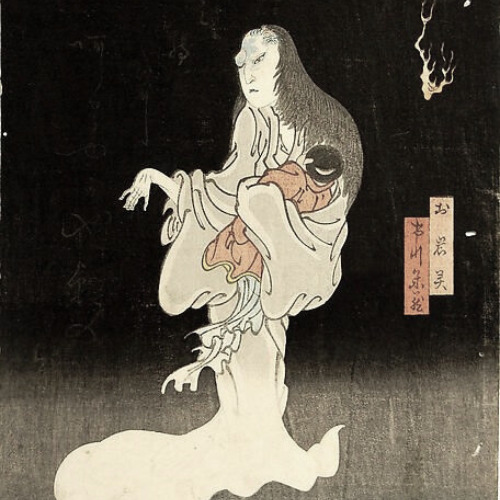
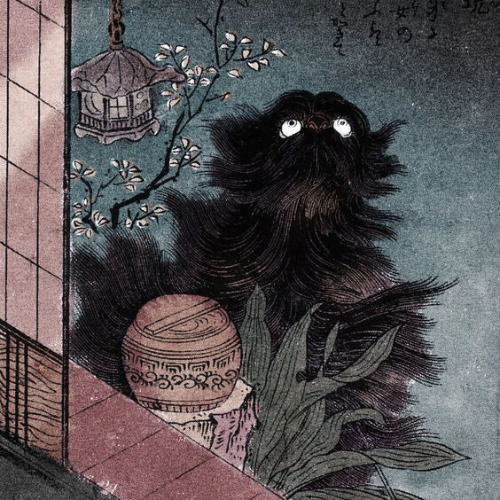

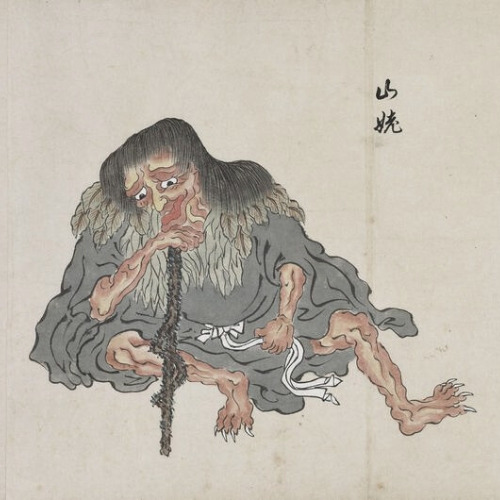

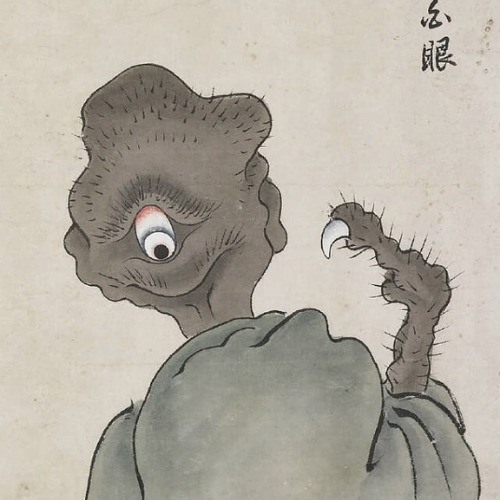
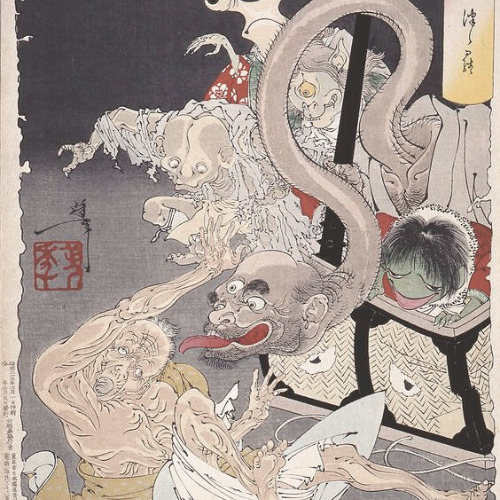
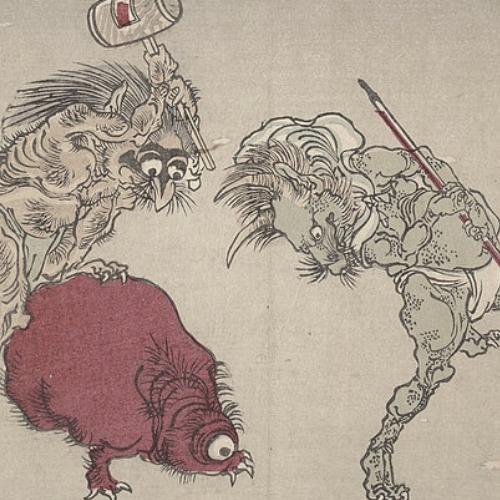






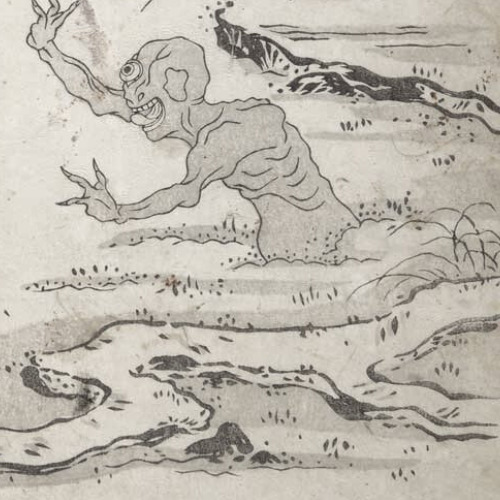
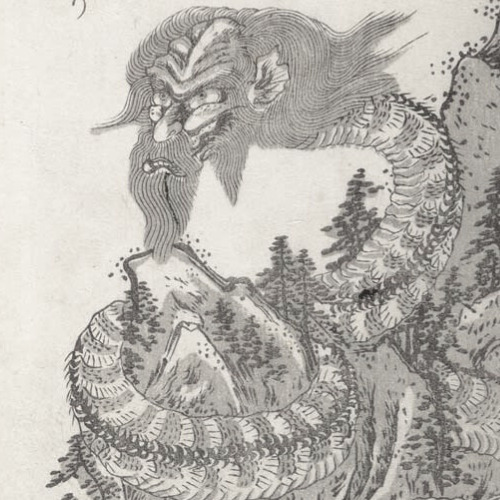

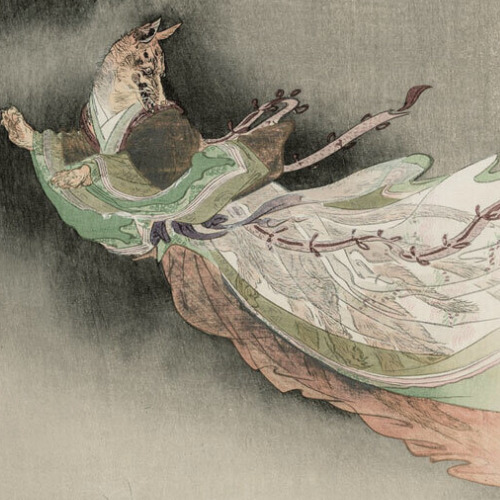

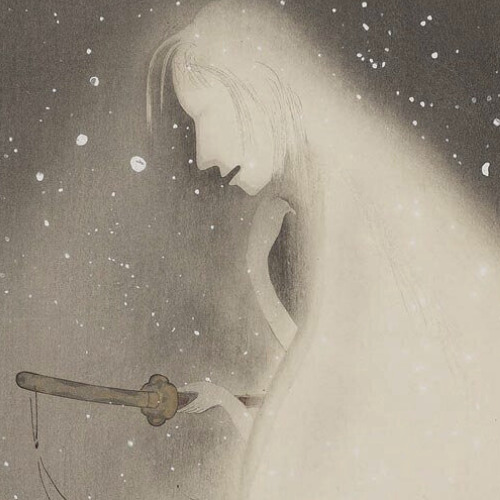
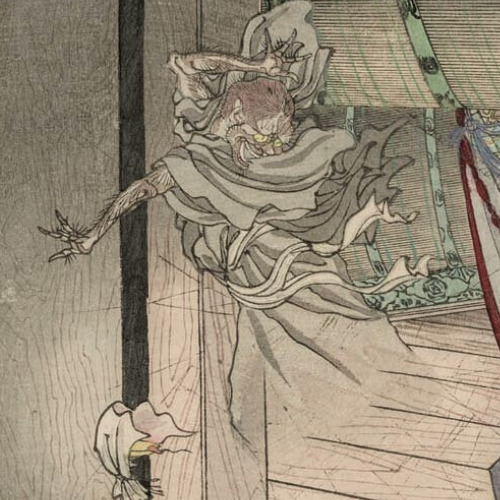

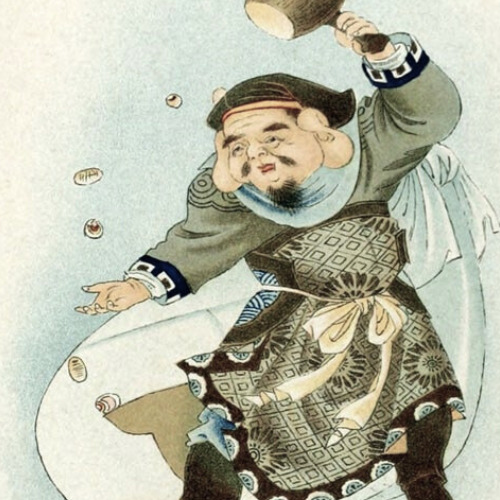


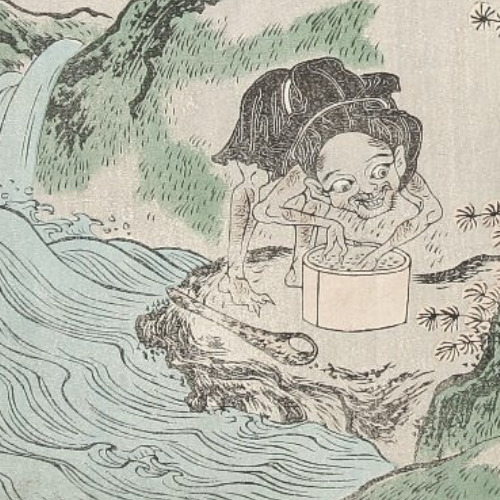
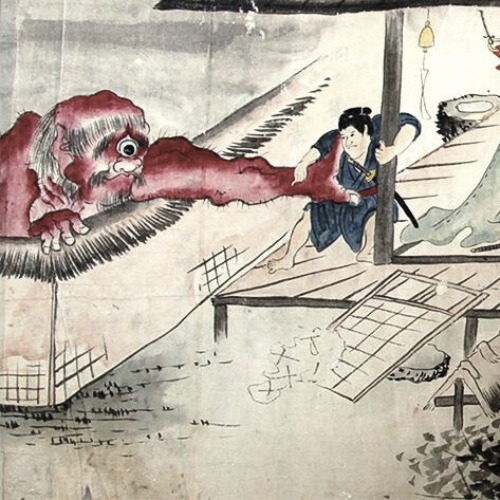


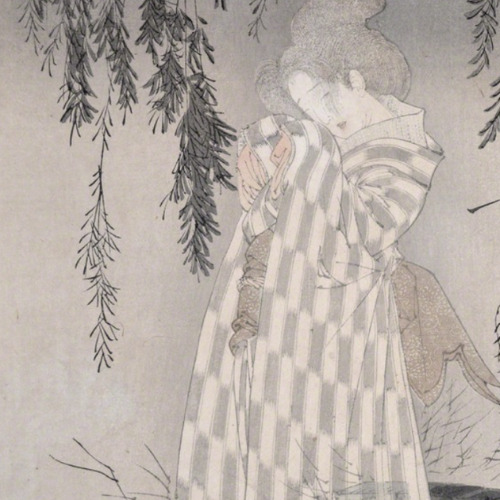
creatures in art: yokai
#i think the artist is enjaku#finding some of these artists is going to be difficult but im trying my best#-cant find artist#i think yuko shimizu#unknown artist#--cant find artist#-unknown artist#artist is yoshitoshi tuskioka#artist is kawanabe kyosai#artist is katsushika hokusai#artist is kuniyoshi kidomaru#artist is suuhi nekomata#-artist is tsukioka yoshitoshi#-unknown artist-#--artist is kawanabe kyosai#artist is toriyama sekien#--artist is toriyama sekien#artist is utagawa kuniyoshi#artist is ogata gekko#artist is tsukioka kogyo#artist is umeura shoen#artist is adachi ginko#artist is utagawa toyokuni#cant find artist-#--cant find artist--#-artist is katsushika hokusai#---cant find artist#--unknown artist--#----cant find artist#-unknown artist---
219 notes
·
View notes
Text

Utagawa Toyokuni l, Lantern, between 1830 and 1844
#Utagawa Toyokuni l#japanese prints#japanese art#japanese artist#asian art#woodcut#woodblock print#japanese lantern#portrait#portrait art#portraiture#art history#aesthetictumblr#tumblraesthetic#tumblrpic#tumblrpictures#tumblr art#aesthetic#beauty#tumblrstyle
75 notes
·
View notes
Text
Utagawa Kunisada - Toyokuni III
1786-1865
Morita Kanya XI in the role of Saito Tarozaemon Toshiyuki.
1860
woodblock print
14 3/8 by 10 in.
36.5 by 25.3 cm.

Scholten Japanese Art presents “Strike a Pose: Spectacular Imagery of the Kabuki Theater,” an exhibition that brings together an array of imagery related to one of Japan’s most distinctive, and yet possibly least understood, cultural exports: the kabuki theater. The exhibition focuses on ukiyo-e woodblock prints portraying popular actors in lavish costumes on stage as well as relaxing off stage. On view September 8–16, and then again November 1–5 for Print Week, at 145 West 58th Street, Suite 6D.
#utagawa kunisada#artist painter#Utagawa Kunisada - Toyokuni III#japanese artist painter#original art#Morita Kanya XI in the role of Saito Tarozaemon Toshiyuki#woodblock print#art#Toyokuni III#beisaku#huyiro raiko#sai aeko#xpuigc
14 notes
·
View notes
Text

The End of Chaos
Tokugawa Ieyasu – First Shogun of the Tokugawa Shogunate. Source: Japan Visitor
What Was the Edo Period of Japan Best Known For?
The Edo Period of Japan spanned 1603 to 1868, a period that was marked by stability, order, and cultural development.
By Matt Whittaker, BA History & Asian Studies
Transformation and Edicts

Dutch and Chinese ships in Nagasaki. Source: The British Museum

The Tokugawa Dynasty. Source: Honolulu Museum
Genroku: Culture Achieved

Interior View of a Kabuki Theatre by Utagawa Toyokuni I, 1793. Source: Brooklyn Museum, New York
Stability Means Success

Fish Market. Source: National Diet Library
Foreign Influences

The Tokugawa Shogunate. Source: Norwood College Library
3 notes
·
View notes
Text

Utagawa Kuniyoshi, One of the daughters of the the red dragon king living in Ryugu
Utagawa Kuniyoshi (born 1797) was the son of a Tokyo silk dyer Yanagiya Kichiemon and was renamed by his master – Kuniyoshi being a combination of the names Toyokuni and Yoshisaburô. In 1827, Kuniyoshi achieved an artistic breakthrough with the first six designs of the series The 108 Heroes of the Suikoden (based on a 14th century Chinese novel).
image and abridged text from here
59 notes
·
View notes
Text






five ukiyo-e ink brush drawings on paper
The ukiyo-e ("pictures of the floating world") genre of art flourished in Japan from the 17th through 19th centuries. Ukiyo-e artists produced woodblock prints and paintings depicting samurai, beautiful courtesans, kabuki actors, sumo wrestlers, history, folk tales, travel in romantic landscapes, flora, fauna and erotica. The Floating World, as the pleasure districts of Edo (modern day Tokyo) were called, describes the sensory pleasures of urban life, but also offers a bittersweet reminder of the fleeting nature of all worldly delights. Some of the greatest Japanese artists of the time—Ando Hiroshige, Katsushika Hokusai, Utagawa Toyokuni III, and Keisai Eisen among them—became known primarily as woodblock print designers in the ukiyo-e style. Their work had a profound impact on European artists around this time—its flattened perspective and innovative compositions inspired artists such as Mary Cassatt, Vincent Van Gogh, and Henri de Toulouse-Lautrec, as well as the Japonisme movement in art and design.
Here are five original ink-brush drawings in the ukiyo-e style — a reinterpretation divergent from a simple pastiche in that the historical ukiyo-e images were never done in simple black and white.
samurai at rest
samurai with fan
samurai with playful ghost
samurai with spear
the warlord
superblack India ink on various weights of all-wood sketch paper: a textured-surface, cold-press paper with anti-microbial agents (for protection against environmental acids)
8 x 10 inches each
packaged in a clear sleeve with lightweight archival board
… Living only for the moment, turning our full attention to the pleasures of the moon, the snow, the cherry blossoms and the maple leaves; singing songs, drinking wine, diverting ourselves in just floating, floating; … refusing to be disheartened, like a gourd floating along with the river current: this is what we call the floating world… ~ Asai Ryoi Singlemindedness is all-powerful. ~ Tsunetomo Yamamoto At the moment of victory, tighten the straps of your helmet. ~ Tokugawa Ieyasu
meant for framing, to be displayed as a series
a wonderful gift for the Japanophile or fan of Asian art
shipped with care
everything from my shop comes with an extra art surprise
buy from people, not corporations
buy things made by human hands, not computers
escape from the dreaming planet ... give the gift of original art
find it here: drawthingspaintthingswritethingsmakethings.bigcartel.com/product/five-ukiyo-e-ink-brush-drawings-on-paper
3 notes
·
View notes
Text
Weekend treat: go see kabuki for the first time in Ginza and go check the murals of Ukiyo-e artists by Tamako Kataoka underground!
9/6/2024
It was my very first experience in kabuki although I'm Japanese. Since there are plenty of opportunities to gain experience of a variety of cultures even without going abroad all the way nowadays, I have been eager to make out of what I have right now, such as seeing famous Japanese art which tourists from other countries aspire to see in person or visiting historic places in Japan. Therefore, watching kabuki was being on my bucket list for so long. Then, I heard some useful information for that as a novice; Kabuki Theatre sells discount tickets for the upper gallery/single act(within 25 minutes)seats. This is so affordable even for me to dare to without sufficient knowledge.

So, I watched the act starting at 1:30pm, Yoshitsune and the Thousand Cherry Trees, which seemed relatively easy to comprehend as its story is partially based on The Gikeiki, a well-known Japanese war-tale focusing on the legends of Minamoto no Yoshitsune and his followers. Nevertheless, I prepared for this play by looking over some websites dedicated to its plot and characters.

Firstly, I was a bit shocked at the fact that spectators in the upper gallery cannot access to most of the inside from the entrance to the luxurious lobby nor use an elevator. I was actually looking forward to looking around the inside of the new building to my heart's content, though; it's completely separate and exclusive(but one day I'll come back to see a whole play). Anyways, as for kabuki, we barely saw the main stage as well as the extra stage called "hanamichi", and I enjoyed its every single detail comparing to elements of Noh, which I studied in college, and simply felt the beat. Regrettably, due to a single act seat, I couldn't see the highlights and the end, yet I was satisfied with my first time in Kabuki Theatre at least.
After that, I stopped by a Tokyo metro station closed to the theatre, Tsukijishijo station, in order to see the murals by one of my favorite Japanese painters Tamako Kataoka(1905-2008) in person. She had great respect for Ukiyo-e or Japanese traditional performing arts, contributing the artwork below to the place where such Edo culture had been being developed. No one was even taking a glance at it there, whereas I alone took pictures of it in earnest(ridiculously); even if no one cares, I do care.

"Tsuragamae: Katsukawa Shunsho"(1987), "Tsuragamae: Toyokuni Utagawa"(1976)
#weekend treat#short trips#tokyo#japan#kabuki theatre#kabuki#ginza#tokyo metro#wall murals#ukiyoe#tamako kataoka#minamoto no yoshitsune#traditional arts#japanese art#edo period
4 notes
·
View notes
Photo

Black and Gold Dragon by Utagawa Toyokuni I (Edo Period)
#utagawa toyokuni#art#ukiyo-e#woodblock prints#fine art#19th century art#19th century#edo period#edo era#woodblock print#japanese artist#japanese art#japanese folklore#dragon#dragons#japanese#japan#folklore#folktale#asian art
951 notes
·
View notes
Photo

by artist Toyokuni Utagawa, a woman sitting under a kotatsu on a Yukimi boat and enjoying Yukimi sake.
263 notes
·
View notes
Photo

“Beauty under maple and ginkgo leaves” (1811), Utagawa Toyokuni (1769-1825)
#autumn#autumn themed prints#maple leaves#gingko#leaves#japan#art#asia#japanese art#japanese prints#ukiyoe#woodblock print#asian art#japanese artist#utagawa toyokuni#edo period#japanese history#japanese woman#kimono#women in art#seasons#women in history#japanese culture#japanese traditions#traditional japan#historical costume#19th century#momijigari
219 notes
·
View notes
Text
Another fave from The Met's #KimonoStyle show for #FrockFriday + bonus #FroggyFriday:

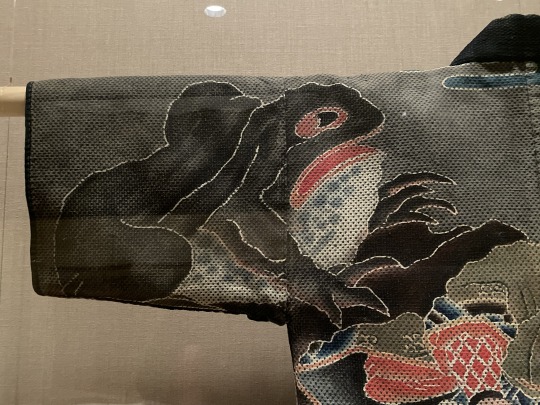

Fireman's Jacket (Hikeshi-banten) w/ Shogun Taro Yoshikado Japan, Edo period (1615-1868), mid-19th century Quilted cotton with tube-drawn paste-resist dyeing (tsutsugaki) with hand-painted details John C. Weber Collection
“[The jacket] features a scene popular in Kabuki & based on a print by Utagawa Kunisada (1786-1865) in which the warrior Yoshikado asks a frog sage for magical powers to avenge the murder of his father.” This is that print:

Utagawa Kunisada (Japanese, 1786-1865) "Actor Nakamura Shikan IV as Shōgun Tarō Yoshikado" 1862, 12th lunar month Publisher: Hiranoya Shinzō Dimensions: 14 9/16 × 9 3/4 in. (36.99 × 24.77 cm) (image, vertical ōban) Print (ukiyo-e / yakusha-e); Woodblock print (nishiki-e); ink and color on paper Portfolio: From Toyokuni's Drawings: A Magic Contest (Toyokuni kigō: Kijutsu kurabe 豊国揮毫 奇術競) Minneapolis Institute of Art 2016.137.2
BTW that “frog sage” is Gama Sennin, the Toad Immortal; here is another woodblock print (actually a triptych) by the same artist of the same legend:
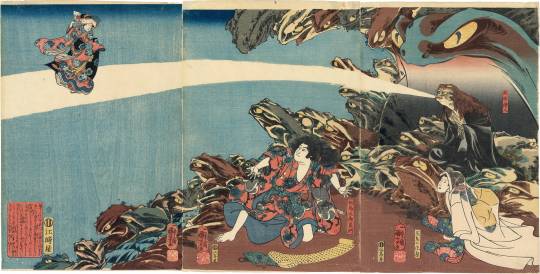
Utagawa Kunisada (Japanese, 1786-1865) “Gama Sennin Instructing Yoshikado and Takiyasha," 1845 ôban triptych (38 x 77.5 cm)
“Gama Sennin is the toad immortal, and here they appear almost like an old woman, with their long hair fashioned from a toad-faced pelt and appearing in a toad-like body. Here the magician demonstrates their magic, causing the image of a young woman to materialize on their breath. Gama Sennin, the Toad Immortal, is based upon the Chinese Immortal Liu Hai, the Sage with the Toad on his back, a benign sage with great magical powers. Kuniyoshi has outdone himself with the cave of Gama Sennin, as all the rocklike outcroppings are comprised of frogs, and a giant frog spectre hovers over the magician. In the center panel, Yoshikado has been consulting a scroll of some sort, and looks up in surprise, his hands in the ‘astonished’ gesture that Kuniyoshi favored. The motivation of the two young people is of course vengeance for a murdered loved one. A scarce design.”
image & info via https://egenolfgallery.com/products/kuniyoshi-gama-sennin-and-frog-magic
#frog#toad#amphibians#Japanese art#East Asian art#19th century art#historical costume#textiles#garment#Hikeshi-banten#Utagawa Kunisada#Taro Yoshikado#Kabuki#Gama Sennin#frog sage#toad sage#Toad Immortal#Japanese mythology#Japanese folklore#John C Weber Collection#Metropolitan Museum of Art New York#Kimono Style#exhibition#museum visit#Frock Friday#Froggy Friday#animals in art
43 notes
·
View notes
Text

Utagawa Toyokuni I
Woman Holding a Cat
Edo era
#Utagawa Toyokuni I#japanese prints#japanese artist#japanese art#asian art#kittens#cats#cat art#beautiful cats#cats in art#vintage animals#beautiful animals#cute cats#art history#aesthetictumblr#tumblraesthetic#tumblrpic#tumblrpictures#tumblr art#aesthetic#beauty
25 notes
·
View notes
Text

Ichikawa Ebijürö in the Role of “ Töken Jübei” from the play Osaka Aji Benimurasaki - Shunkosai Hokosu (c. 1822)
One of the most important early 19th-century (1810-1820s) Osaka artists, Hokushü established the Osaka Style of actor prints.
Unlike Kyoto where there was a strong artistic tradition, in Osaka, people were eager to introduce new artistic trends and technologies from Edo (Tokyo), including the multi-colored woodblock printing technology. By the end of the 18th century, Osaka actor prints had become very popular. However, there were few commercial artists available to produce them.
Fans of Kabuki Theater occasionally created Osaka actor prints. In fact, even the talented Hokushü was not initially a professional artist. Osaka Kabuki actors performed on occasion in Edo and were thus sometimes depicted by well-known Edo ukiyo-e artists such as Utagawa Toyokuni I (1769-1825). Those Edo prints were sold in Osaka and attracted many Osaka Kabuki fans, which eventually stimulated the production of Osaka Kabuki prints. Thus, there were some cultural exchanges between Edo and Osaka. (from Kamigata-e exhibition 4/1/08-)
source
30 notes
·
View notes
Text

Hiranoya Tedai Tokubei, Actor drawing a sword, by Utagawa Toyokuni, 1815, via Ukiyo-e.org
Kenjutsu: Discover Centuries of Japanese Fencing Tradition
Kenjutsu, the fighting method of samurai swordsmanship, has remained almost intact for centuries through hundreds of different schools.

Fighting Lesson, by Hirazaki Eiho, 1900, via Ukiyo-e.org

Kendo Instructor, by Wada Sanzo, 1941, via Ukiyo-e.org
#utagawa toyokuni#artist#art#kenjutsu#ukiyo-e.org#culture#japanese fencing tradition#samurai#samurai swordsmanship#hirazaki eiho#wada sanzo
1 note
·
View note
Text

THE STRIKING ARTISTRY OF THE KABUKI ACTOR'S PORTRAIT -- THE WIZARDRY OF THE TRADITIONAL WOODBLOCK PRINT.
PIC INFO: Spotlight on a woodblock print by illustrator Utagawa Kunisada I (Toyokuni III) of the Kabuki theater actor Ichikawa Ebizō V., playing the role of Usui Sadamitsu, the piece was reportedly published c. September 1863.
EXTRA INFO: "Featuring 200 prints by 89 artists, Taschen’s book "Japanese Woodblock Prints (1680-1983)" is a journey through two centuries of the art form. Ranging from depictions of everyday life to kabuki and erotica, the XXL edition is a 622-page art history lesson and a high-resolution visual compendium rolled into one."
-- TASCHEN BOOKS (luxury artbooks publisher)
Source: www.itsnicethat.com/articles/japanese-woodblock-prints-taschen-publication-021219 & Wikimedia.
#Japanese Woodblock Print#Japanese Art#Utagawa Kunisada#Kunisada Utagawa#1863#1860s#Kabuki Theatre#Japanese Woodblock#Japanese Culture#Utagawa Kunisada Artist#Japanese Woodblock Prints#Ichikawa Ebizō V#Usui Sadamitsu#Kunisada Utagawa Artist#Kabuki Theater Makeup#Kabuki#Kabuki Art#Kabuki Theater Art Prints#Kabuki Art Prints#Taschen#Taschen Books#Historical Fashion#Kunisada Utagawa Art#Kabuki Theater Actor#Japanese#Kabuki Actor#Kabuki Culture#Japan#Woodblock#Woodblock Art
4 notes
·
View notes
Photo










Miscellaneous printed wrappers (1849-85) for illustrated Japanese books.
Print artist - Utagawa Kunisada (歌川国貞 Toyokuni III) (and others) .
Woodblock-printed.
© The Trustees of the British Museum.
Creative Commons Attribution-NonCommercial-ShareAlike 4.0 International (CC BY-NC-SA 4.0) license.
115 notes
·
View notes